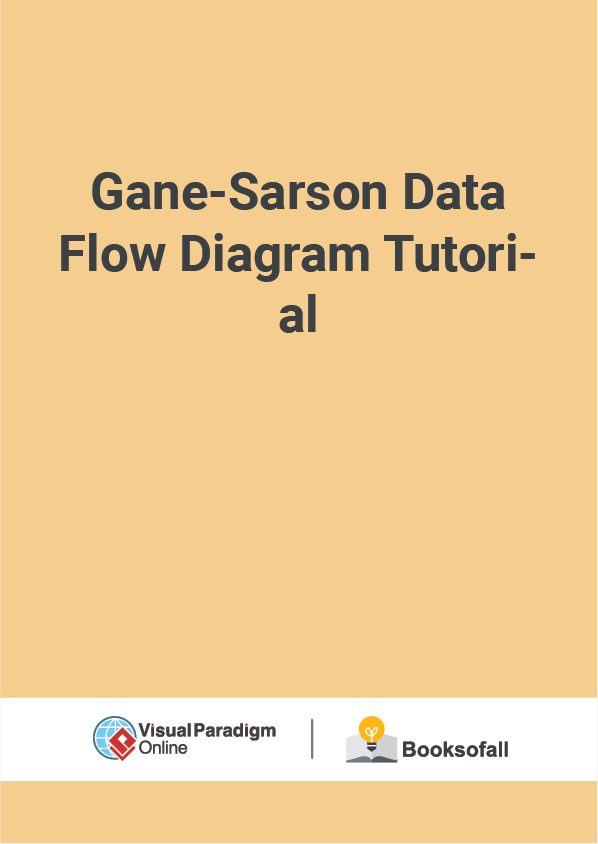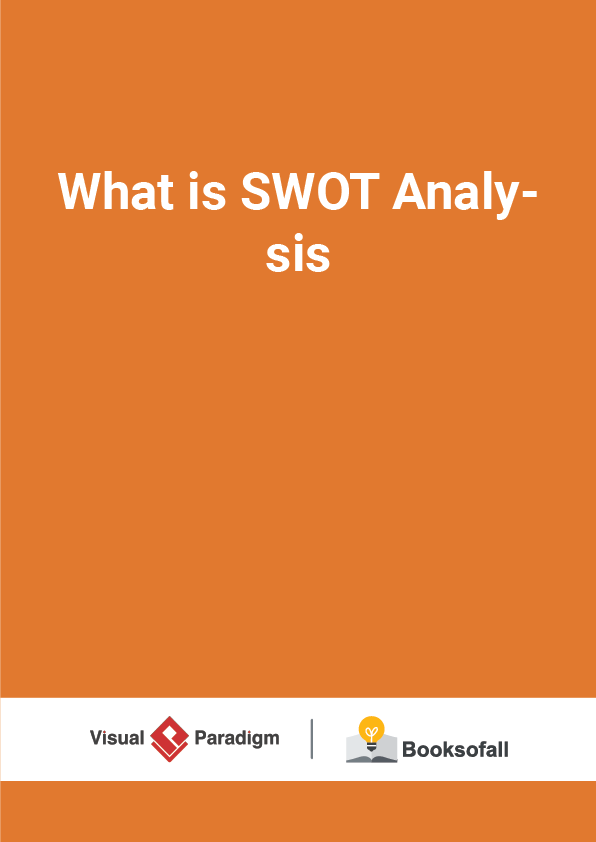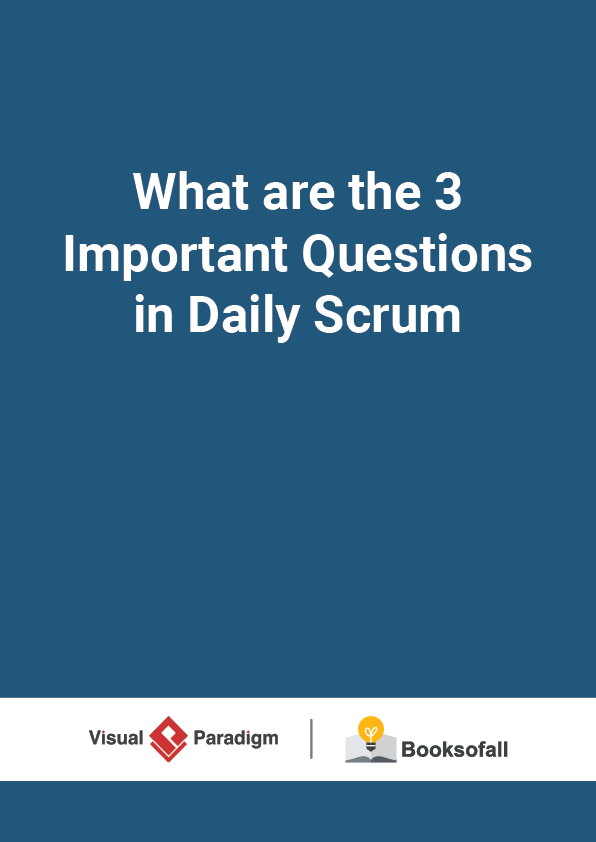Gane-Sarson Data Flow Diagram Tutorial
6-8 minutes
Data flow diagrams are used to graphically represent the flow of data in a business information system. DFD describes the processes that are involved in a system to transfer data from the input to the file storage and reports generation.
Gane-Sarson notation was introduced in Chris Gane and Trish Sarson’s 1977 book, Structured Systems Analysis: Tools and Techniques published in 1979. Gane-Sarson notation is used for data flow diagrams.
Gane-Sarson DFD Symbols
Four basic symbols are used in data flow diagrams as shown in the Table illustrated below:
- double square
- arrow rectangle with rounded corners
- open-ended rectangle (closed on the left side and open-ended on the right)
An entire system and numerous subsystems can be depicted graphically with these four symbols in combination.
Entities
Entities represent people, organizations, or other things that interact with the system, i.e. entities are “outside of the system,” that is they are part of a process, but external to the information system. They send or consume information, and in Gane-Sarson notation are also called sources or sinks of information. If the same entity is shown more than once in a diagram, a diagonal line is added to the lower right-hand corner to visually distinguish it.
For example, if the nurse entity was drawn twice, to keep from having a lot of diagonal line lines, a single diagonal line would be added to the lower right-hand corner. Further, if a medical assistant entity was similarly drawn twice on the same diagram, two diagonal lines would be added to visually distinguish it from the nurse and patient entities.
Process
Processes are the actions that directly change the data. Whenever an action takes place, anew output is formed based on that action. Typical processes include calculations, data sorting or set of specific rules that a business may follow.
- The process should be named or described with a single word (a verb), phrase, or simple sentence that describes what the process does.
- Similar to other notations, a good name will generally consist of a verb-object phrase such as check availability.
- In some cases, the processes are named for a role, an organization, or a machine that performs the process.
- Processes are given a number in the upper right-hand corner; this is an identifier and does not imply sequence.
Data Flow
Data flow is the lines with arrows that are used to mark where the data flows. As external entities create processes and interact with data stores, data flow lines map out these inputs and outputs. Data flow lines are an essential aspect of a data flow diagram as they tie all of the information together. They are also marked with labels that briefly define what each data flow is accomplishing.











